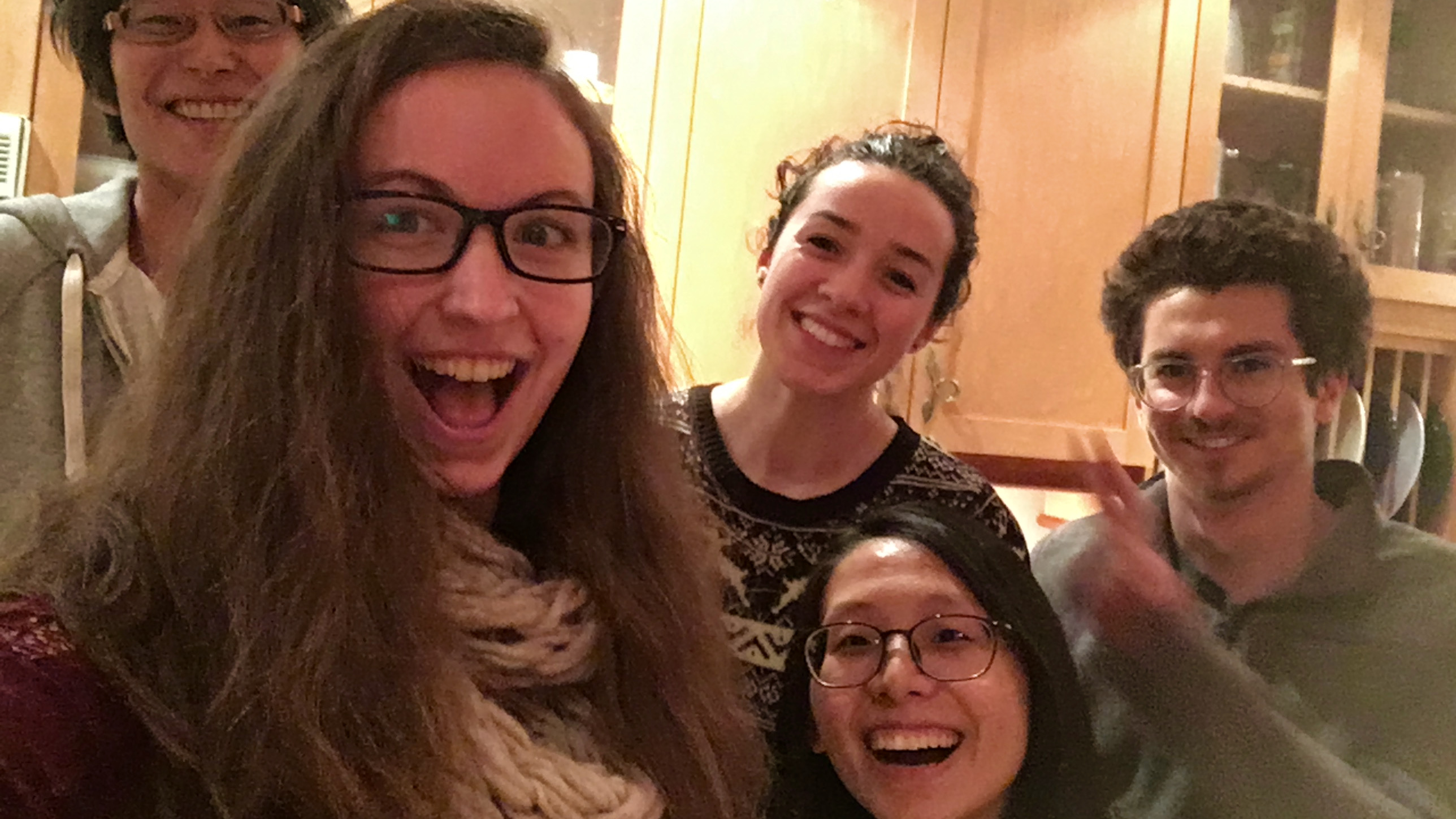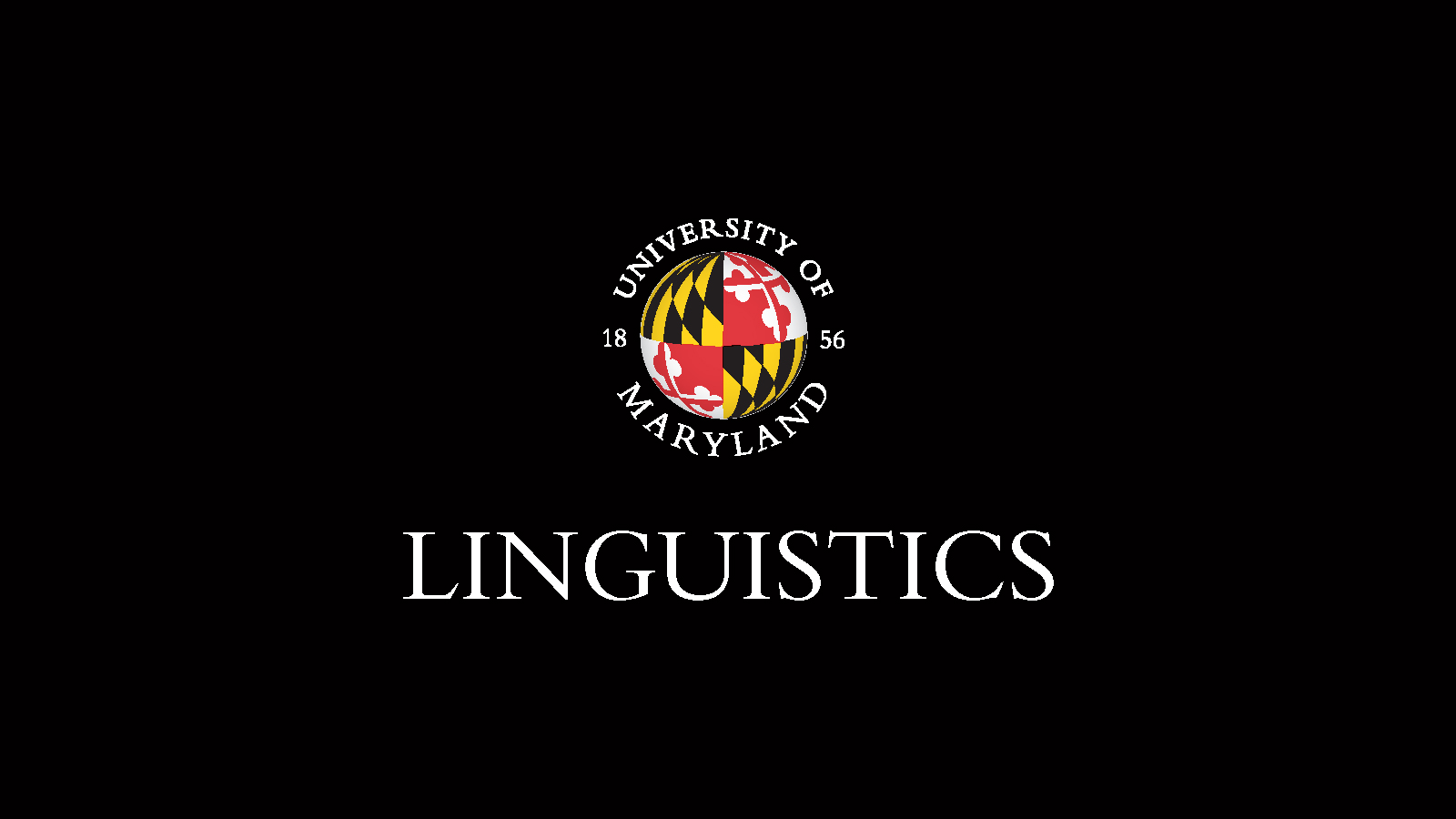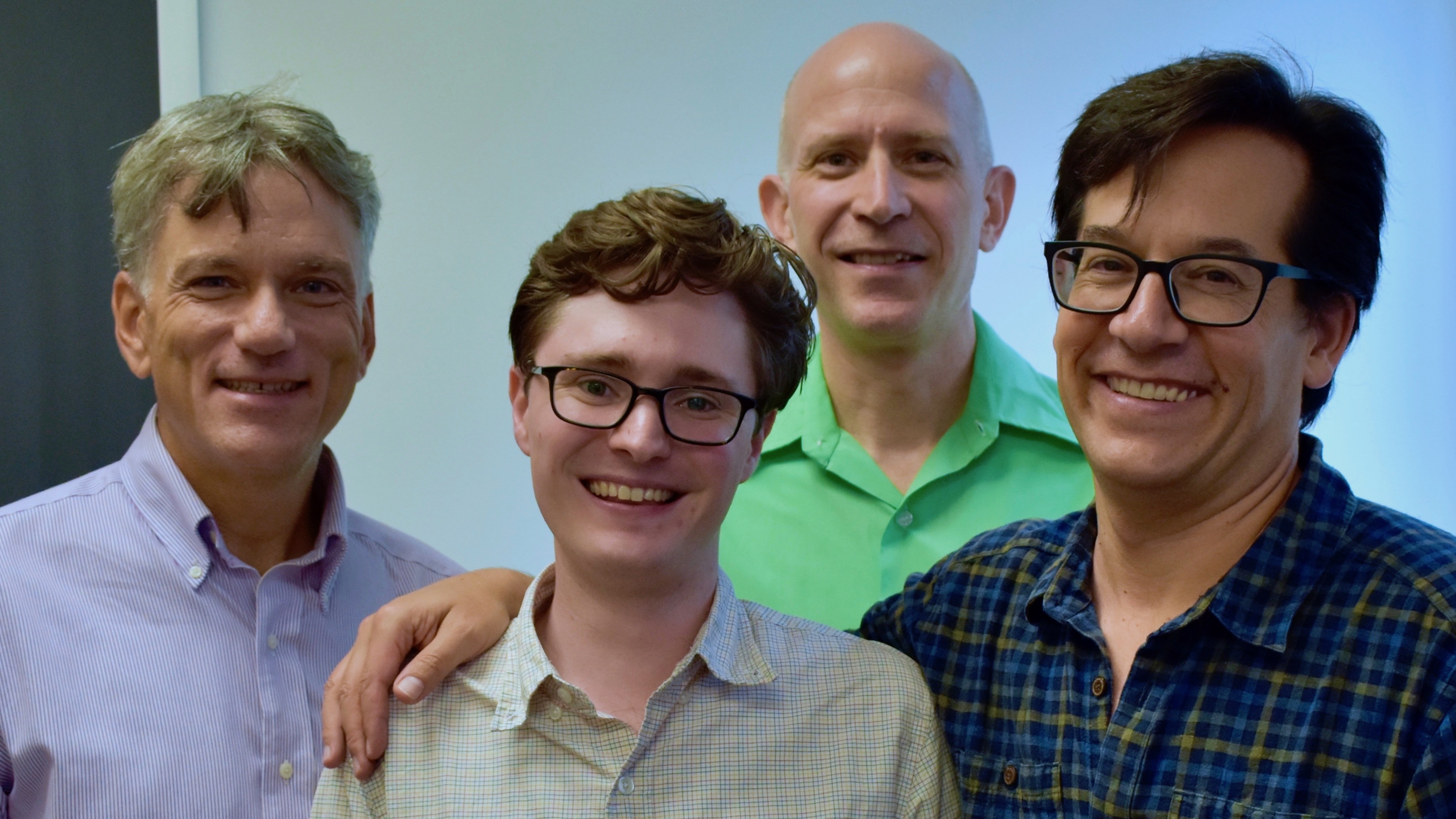NSF support for Hanna and Yu'an
February 16, 2022

Dissertation improvement grants on comprehension illusions and the acquisition of question marking.
Big congratulations to Hanna Muller and Yu'an Yang, as well as their advisors Colin Phillips and Ellen Lau, and Jeff Lidz and Valentine Hacquard, respectively, for earning two Doctoral Dissertation Research Improvement grants from the National Science Foundation. Hanna's project, "Linguistic illusions and incremental interpretation," uses a variety of behavioral tasks to measure people’s responses to sentences that may at first seem acceptable, but actually include a mistakenly chosen word or to an unlicensed NPI, aiming to determine why they are so readily misperceived. "Finding interrogativity" is Yu'an's project, and it examines how children learn to identify the communicative acts of the people speaking to them while learning the surface signals associated with these acts. Specifically, how do they come to associate interrogatives with questions? Full abstracts of the two award winners are below.
Linguistic illusions and incremental interpretation
Adults are very good at understanding sentences quickly and easily. Psycholinguists often use their occasional mistakes as a way to understand the mechanisms that underlie this speed and ease. This project investigates two varieties of language comprehension errors, which reveal the underlying computations that allow language users to understand most sentences so successfully. The first of these errors involves the failure to notice anomalous word substitutions. For example, when asked "what is the name of the holiday during which children dress up and go door to door giving candy?", many people do not notice the substitution of "giving" for "receiving" and simply answer "Halloween". The failure to detect this type of word substitution can be thought of as a type of illusion - the comprehender imagines the sentence to be different from how it actually is. This project investigates what causes these illusions - for example, whether "giving" was simply mis-read, or if the meaning of the word was mis-remembered, or if attention was mis-directed toward other parts of the sentence. Identifying the processing mis-step that causes this particular error provides clues as to where comprehenders are vulnerable to misunderstanding more generally. The second case study concerns the processing of a special class of words known as negative polarity items or NPIs. These are words like "ever" and "any", which are generally appropriate in negative contexts (e.g. "John doesn’t have any money.") but sound strange or ungrammatical in positive contexts (e.g. "John has any money."). Prior work has shown that an NPI in a positive context can seem, at first glance, to be appropriate if there is a negative context nearby, another type of linguistic illusion. This project investigates the specific circumstances under which this mistaken perception arises, in addition to asking what people think these ungrammatical sentences actually mean when they judge them to be grammatical.
This project uses a combination of speeded and unspeeded judgments, eye-tracking methods, and sentence repetition tasks to measure people’s responses to illusion sentences. Two initial experiments on word substitution illusions test how often mistakes occur when the substitution is in a declarative sentence instead of a question, and when the substituted word has been primed through previous exposure. Two independent experiments investigate the role of attention by measuring eye movements as comprehenders read sentences with various types of anomalies, including both word substitutions and spelling errors. Three additional experiments on NPI illusions investigate the causes and consequences of these errors. First, two experiments using speeded acceptability measures test the influence of broader conversational context and expectations on illusion rates, and the role of the precise timing of the appearance of the NPI. Finally, a sentence repetition experiment, in which subjects attempt to recall an NPI illusion sentence after a delay, reveals the inferred meaning of these sentences.
Finding interrogativity
Language is used to perform various kinds of communicative acts - providing information, asking questions, making requests, etc. In any language, there are specific signals in the form of a sentence that indicates what communicative act it is typically used for. But these signals vary from language to language. This project examines how children learn to identify the communicative acts of the people speaking to them while learning the surface signals associated with these acts. Specifically, this project investigates how children come to associate interrogatives ("Do you want a cookie?") to questions. Mapping interrogatives to questions present interesting acquisition challenges. First, children need to figure out the form of interrogative clauses in their language: while all languages tend to have dedicated clauses for questions, the syntactic makeup of these interrogatives differ: in English, interrogatives usually differ from declaratives in word order (e.g. "Do you want a cookie" vs. "I want a cookie"), but not in Mandarin. To figure out the form of their language’s interrogatives, children need to notice regularities in form. But how do children figure out which regularities matter, and how do they associate clause types with their canonical function? Second, children need to figure out when speakers are asking questions (vs. making assertions or requests). But how can they do so, if they can’t yet rely on the forms typically used for these acts? Previous research shows that, despite the complexity of the task, children understand interrogatives and their conventionalized function as questions before age three. To investigate how children solve this complex mapping problem, this project examines how questions are asked in speech to children, using what forms, comparing English and Mandarin: how much formal regularity is there in how parents ask questions? And are there extralinguistic cues in speakers’ behavior that can give away questionhood (e.g., pauses in conversation or focus of attention)?
The project tests the hypothesis that children learn to identify speech act (question) and clause type (interrogative) in tandem and mutually informative ways: children learn to identify interrogatives by tracking formal regularities in conjunction with their growing knowledge of questionhood and its associated social cues; similarly, they identify questions by tracking social cues in conjunction with their growing understanding of interrogative syntax. The project will consist of two corpus studies and one computational model: Study 1 examines conversations between English-speaking parent-child dyads and Study 2 conversations between Mandarin parent-child dyads, where parent utterances will be annotated for pragmatic, prosodic, and syntactic features. The annotated data will then be used to test the viability of this pragmatic syntactic bootstrapping hypothesis via computational modeling (Study 3).



